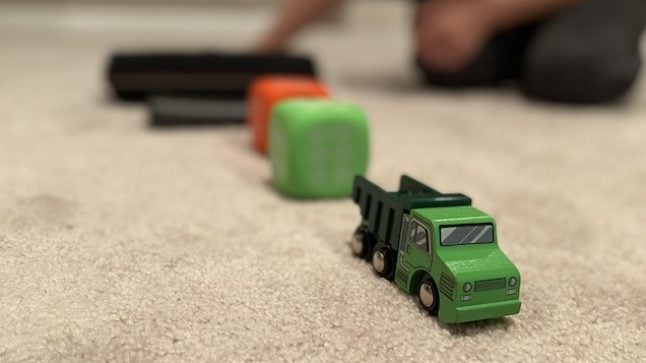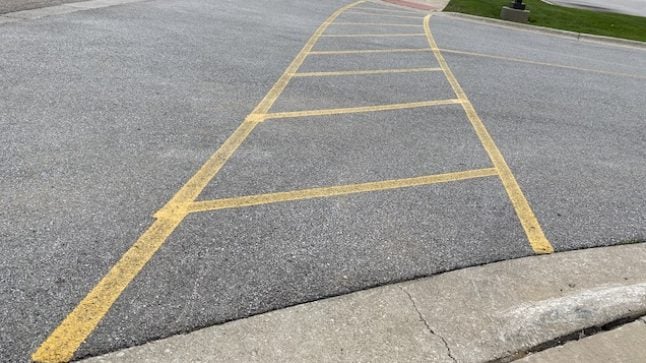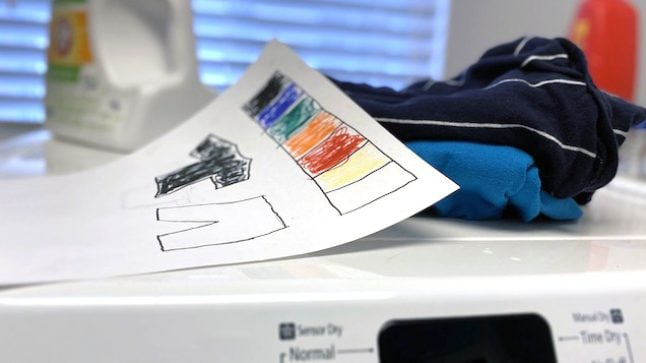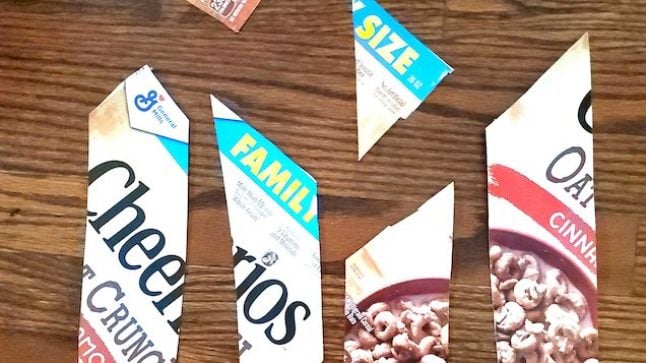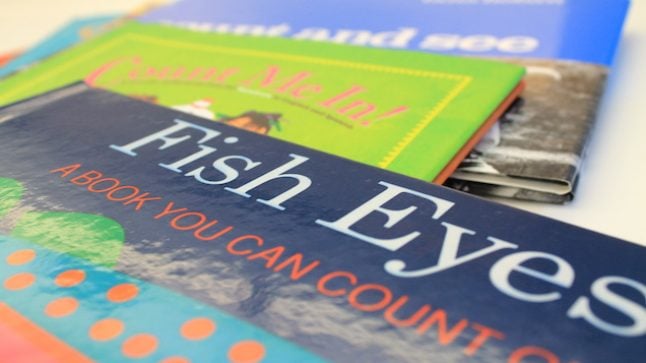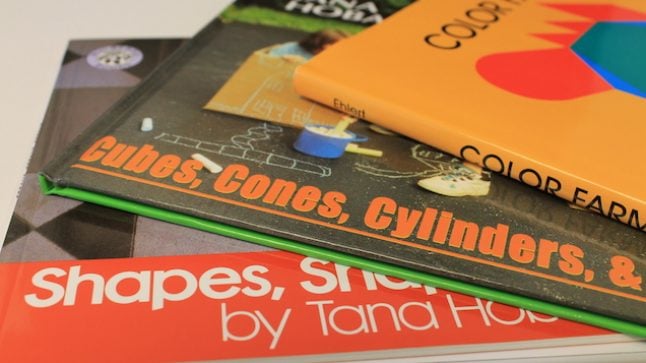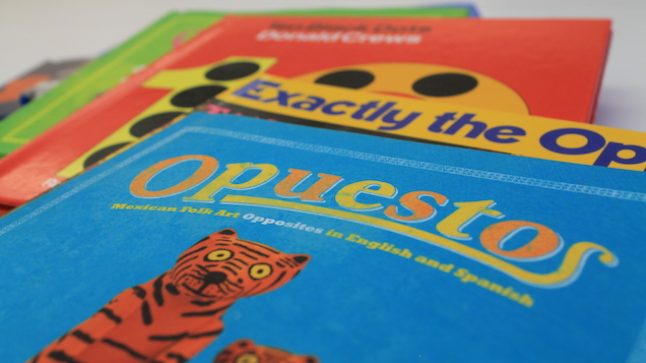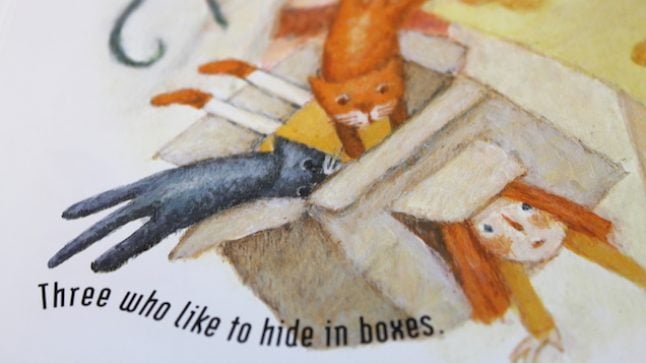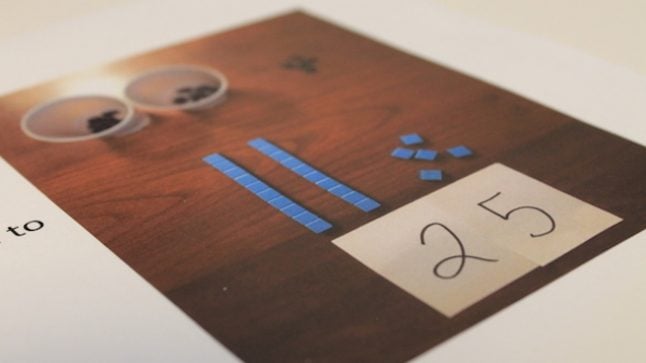Preschool Math
Series: Ideas at Work
Games to Play at Home Using Attributes for Math Thinking
May 25, 2020
Language and math have a lot in common! For example, every time you describe something—as red, tall, sticky, or loud, for example—you are helping to define and categorize things. And defining and categorizing is huge in mathematics!
- Topic: Sets
- Age/Grade Level: Pre-K, Kindergarten, 1st Grade, 2nd Grade, 3rd Grade
- Tags Games, Sorting, Attribute, Family Math, En Español
Series: Ideas at Work April 28, 2020
Dishing Up the Math: Tasks at Home Can Become Math Time
Every day dishes need to get cleaned, and every day dishes need to get put away. By involving children in tasks like doing the dishes, you can help them see mathematics in this work.
- Topic: Measurement, Spatial Relationships
- Age/Grade Level: Pre-K, Kindergarten, 1st Grade, 2nd Grade, 3rd Grade
- Tags Family Math, En Español
Series: Ideas at Work April 26, 2020
We’re Going on a Math Walk, Going to Find Some Math Talk
Going for walks is an excellent time to talk about math with your child. You’ll be surprised how much math talk you can have when you look for the math in your very own neighborhood.
- Topic: Number Sense, Counting, Spatial Relationships, Shape
- Age/Grade Level: Pre-K, Kindergarten, 1st Grade, 2nd Grade, 3rd Grade
- Tags Family Math, En Español
Series: Ideas at Work April 25, 2020
Let’s Wash that Math Right Into Laundry Day
Whether you have a machine at home or visit a laundromat, there is all kinds of math involved in doing laundry. And there are all kinds of ways that children of all ages can join…
- Topic: Sets
- Age/Grade Level: Pre-K, Kindergarten, 1st Grade, 2nd Grade, 3rd Grade
- Tags Estimation, Comparing, Attribute, Family Math, En Español
Series: Ideas at Work April 24, 2020
DIY Puzzles Develop Spatial Thinking
Jigsaw puzzles are a great way for children to develop their spatial thinking and problem-solving skills. Children enjoy doing all kinds of puzzles and making ones from materials found around the house keeps it fresh…
- Topic: Spatial Relationships
- Age/Grade Level: Pre-K, Kindergarten, 1st Grade, 2nd Grade, 3rd Grade
- Tags Games, Family Math, En Español
Series: Book Ideas March 24, 2020
At-Home Activity Cards: Counting
Activities related to counting books can spark a lot of conversation and creativity. These English and Spanish-language activity cards are great for printing and using at home and school.
- Topic: Counting
- Age/Grade Level: Pre-K, Kindergarten
- Tags Cynthia Weill, download, Fish Eyes, 1-2-3 to the Zoo: A Counting Book, 2, 1, Mouse Count, Count Me In!, Count and See, Ten Black Dots, Anno’s Counting Book, Count!, Donald Crews, Mitsumasa Anno, Denise Fleming, Tana Hoban, Lois Ehlert, Ellen Stoll Walsh, Eric Carle
Series: Book Ideas March 23, 2020
At-Home Activity Cards: Shapes
Books can illustrate kindergarten and preschool shape concepts while introducing foundational Big Ideas of math. These activity cards can help take the learning to the home environment where parents and caregivers can spark such discussion.
- Topic: Shape
- Age/Grade Level: Pre-K, Kindergarten
- Tags Lois Ehlert, Tana Hoban, Roseanne Thong, Shapes Shapes Shapes, Round as a Tortilla, Color Farm, Color Zoo, Cubes Cones Cylinders & Spheres, download
Series: Book Ideas March 22, 2020
At-Home Activity Cards: Sets and Sorting
These printable activity cards in both English and Spanish invite home explorations with sets and sorting using the books and activities related to them. The books can encourage conversations about attributes while also inspiring questions…
- Topic: Sets
- Age/Grade Level: Pre-K, Kindergarten
- Tags Tana Hoban, Cynthia Weill, Stuart J Murphy, Emily Jenkins, A Pair of Socks, Exactly the Opposite, Opuestos/Opposites, Five Creatures, Is it Red? Is it Yellow? Is it Blue?, download
Series: Focus on Play March 17, 2020
Creatures at Home Activity
In both English and Spanish, the directions here outline how to do an activity at home that can allow parents to involve themselves with the learning taking place in classrooms, all tied to the book…
- Topic: Sets
- Age/Grade Level: Pre-K, Kindergarten
- Tags download
Series: Hear from the Experts February 19, 2020
How Children Learn about Numbers: A Conversation with Kelly Mix
In her presentation “Cognition and Early Childhood Numeracy: How Number Concepts are Built and Why Input Matters,” Kelly Mix bridged research and practice in her discussion of math language and learning.
- Age/Grade Level: Pre-K, Kindergarten, 1st Grade, 2nd Grade, 3rd Grade
- Tags Cardinality, Promising Math
Do the math.
Free videos.
Free newsletter packed with ideas.
Free professional learning modules.
